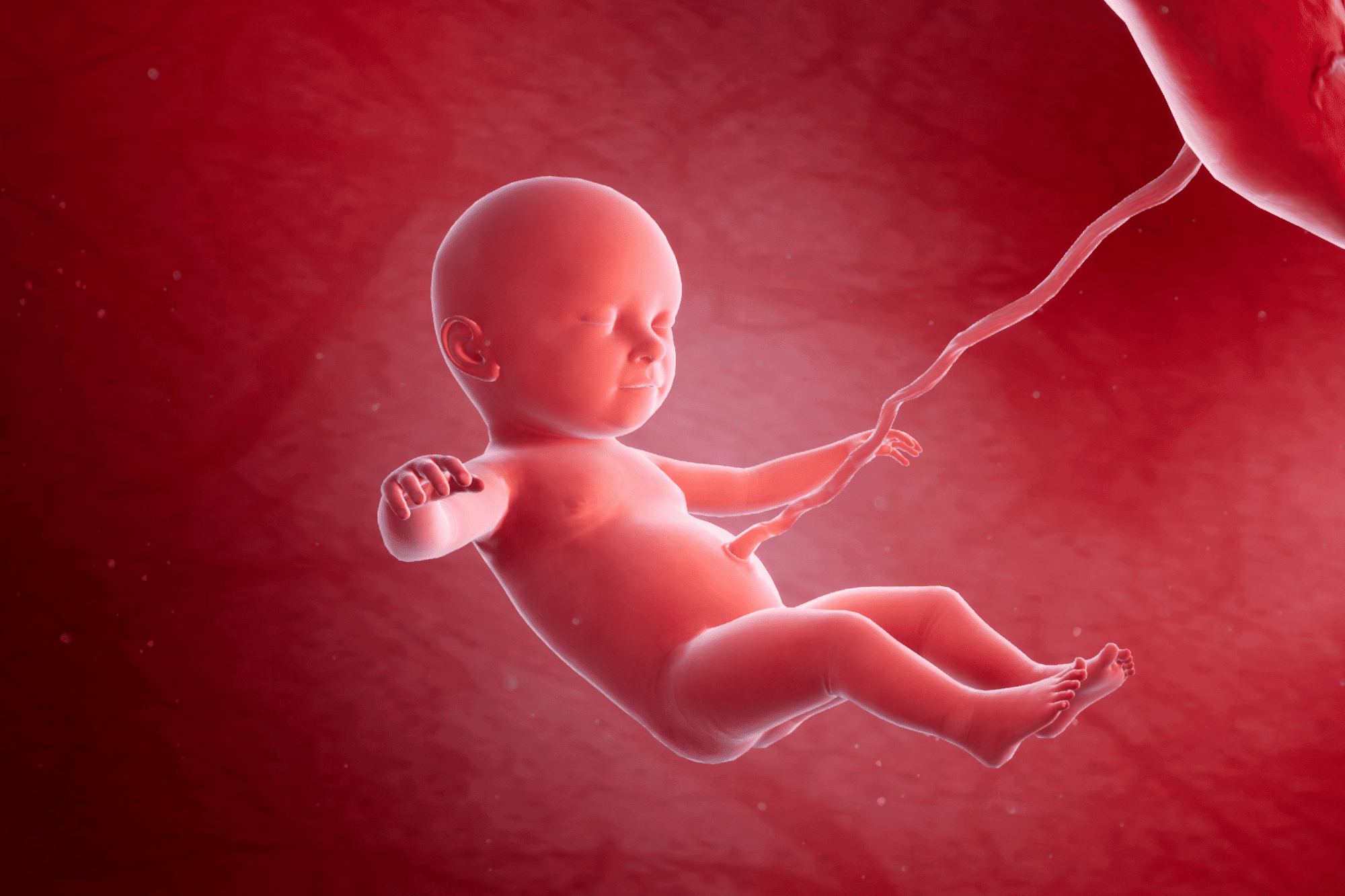Your Pregnancy, Week 37

At week 37 the end really is in sight: three weeks left to go! However, try not to wish away these last few weeks; use them to make any final preparations and catch up on some rest before the craziness of life with a newborn sets in.
Your Body
By week 37, you are likely to be feeling huge, uncomfortable, and exhausted; in other words, completely fed up with being pregnant. Whilst difficult to generalise, by this stage the average woman will have gained about 13.5 KG. The good news is that you are unlikely to gain much more weight now, at most perhaps half a KG. The bad news is…well, you’re already carrying around an extra 13.5 KGs and that can be quite hard work!
This extra weight goes some way to helping explain a number of the late pregnancy symptoms you’re experiencing, including the “pregnant waddle”; that characteristic shuffle-walk adopted by many women at this late stage in their pregnancy. However, it isn’t just the extra KGs having an effect on your body; progesterone – the pregnancy hormone that was responsible for so many of the early signs of pregnancy, is still having a major effect. It is this hormone that is responsible for loosening up your joints and ligaments in preparation for birth. This is also contributing to that strange new walk.
Now that you are close to your due date, your healthcare provider will be performing regular check-ups during your weekly visits. This might include a pelvic exam, which is a simple physical assessment of your cervix, the birth canal, and the baby’s position, amongst other things. The cervical exam is not always needed unless you are at or past your due date; however, if you are starting to experience early signs of labour your doctor or midwife will need to check your cervix for certain changes. These include:
- Dilation. During pregnancy, your cervix is tightly shut, forming a protective barrier that allows your baby to grow in a safe environment. During labour, your cervix begins to relax and open, or dilate. Immediately prior to delivery, your cervix will have expanded to 10 centimeters, which is wide enough to let your baby’s head pass through. In some women, this dilation begins before labour officially starts. Some women will be 3 or 4 centimeters dilated for weeks before they actually go into labour. It is the rate of change that determines whether you are in labour; for example, suddenly going from a closed cervix to one that is 4 centimeters open is a strong indicator that you will be giving birth imminently.
- Effacement. This describes the length of your cervix. During labour, your cervix will gradually efface, or become thinner or shorter, as it stretches to allow your baby to pass through. As with dilation, effacement can start before labour actually begins.
- Station. This refers to how low your baby’s head is in the birth canal.
It is important at this stage to report any changes in your condition or novel symptoms to your healthcare provider. This might include increased vaginal discharge, regular painful contractions, uneven leg swelling, or anything else that just doesn’t seem right. Much of the time, these new symptoms are nothing to worry about. It might be around week 37 that you notice the mucus plug, which seals your cervix closed, has detached; when this happens so late in pregnancy, it is seldom cause for alarm. However, other symptoms, such as bad headaches or vision changes, can signal dangerous health conditions and will require prompt assessment by a professional.
Your Baby
At 35 weeks (foetal age), your baby is still gaining weight, however, it will be at a much slower rate than before. A typical baby at week 37 of pregnancy will weigh about 2.9 KGs and measure 48cm from head to toe. This is actually very close to the final birth weight and length.
The vast majority of the developmental work is now done and, traditionally, 37 weeks was classed as being ‘at term’. However, in 2013, the American College of Obstetricians/Gynecologists (ACOG) changed their guidelines to stipulate that ‘full term’ would only include births that occurred from week 39 onwards. Delivering between week 37 and 38 weeks 6 days was to be designated ‘early term’. This is because the last major organ system to complete development is the respiratory system; specifically, the lungs do not begin to produce surfactant until just before birth. This special lubricant helps the lungs to expand smoothly as they fill with oxygen. A lack of surfactant is the main reason why premature babies often experience breathing difficulty. Furthermore, additional studies have shown that babies born before 39 weeks have more complications. Therefore, whilst frustrating, these final few weeks are developmentally important and your baby shouldn’t be encouraged to make an entrance until he or she is ready.
That being said, by week 37 your baby looks very much like he or she will look in two to three weeks time. They may already have a full head of hair, and their fingernails and toenails will be in place and continually growing. In fact, one of the first parenting hurdles you face might be figuring out how to clip your newborn’s nails!
Doctor’s Tip:
“If you go to the hospital and are sent home because you weren’t in active labour, don’t feel bad. It can sometimes be hard to know, especially with your first baby!”
Your Pregnancy, Week 36 < > Your Pregnancy, Week 38
Powered by Bundoo®










